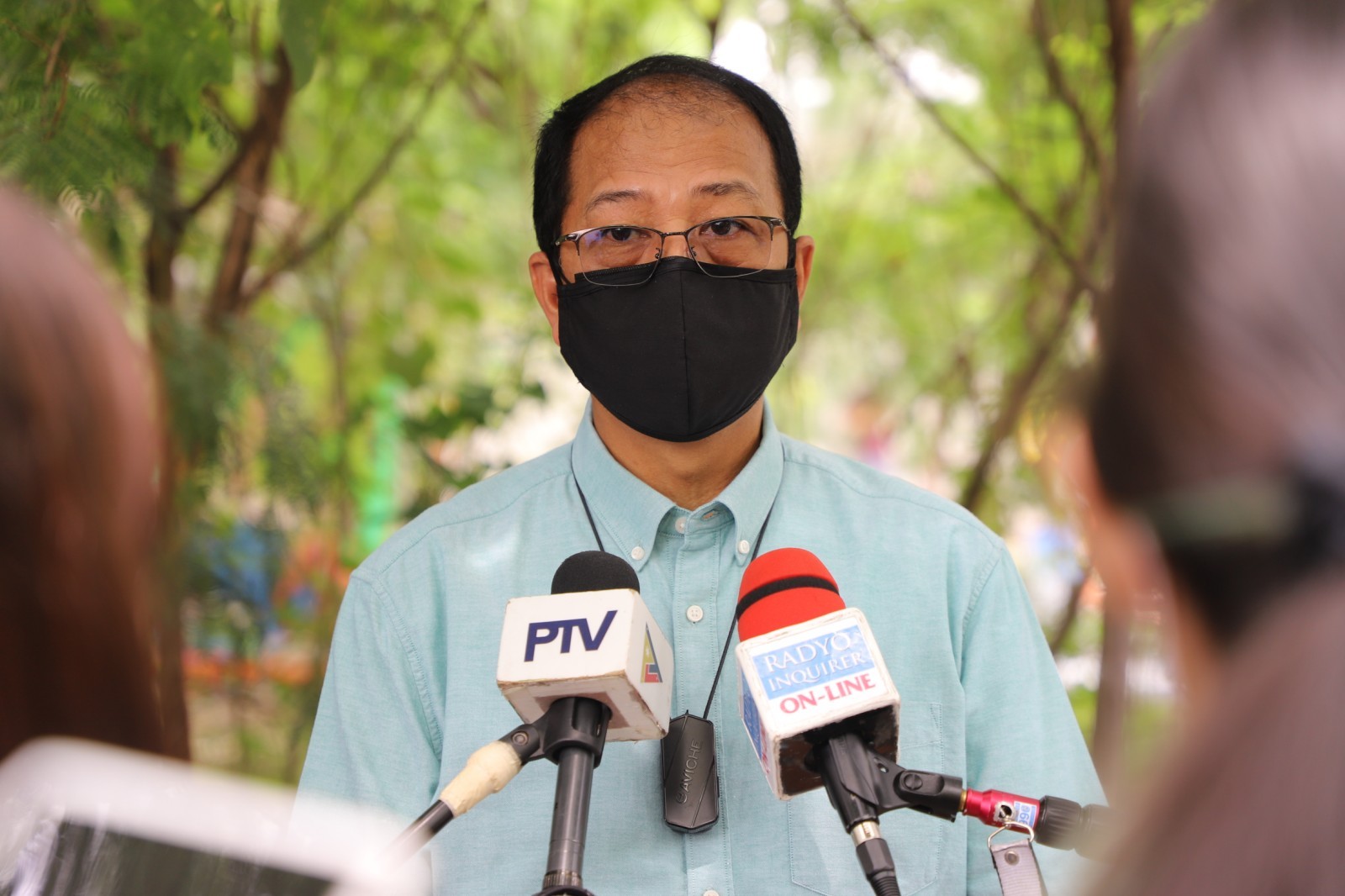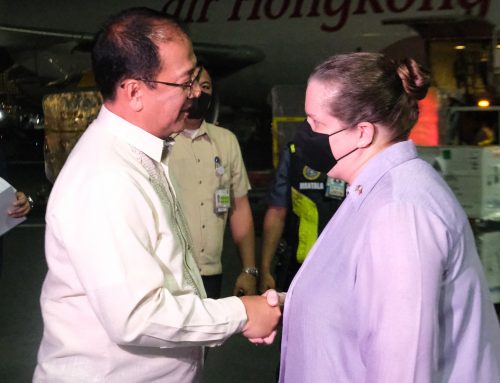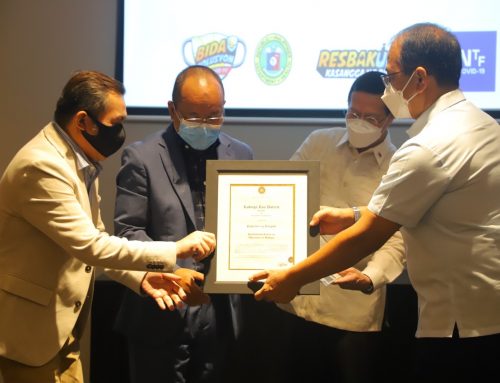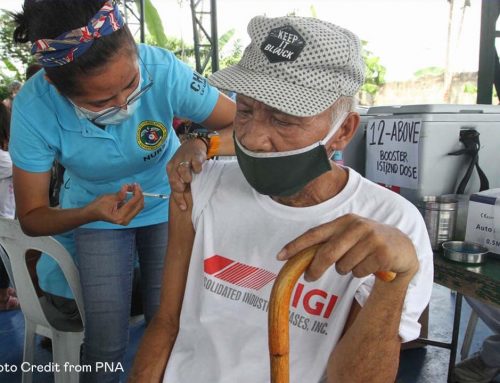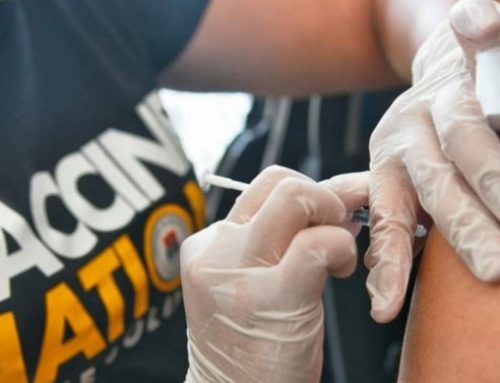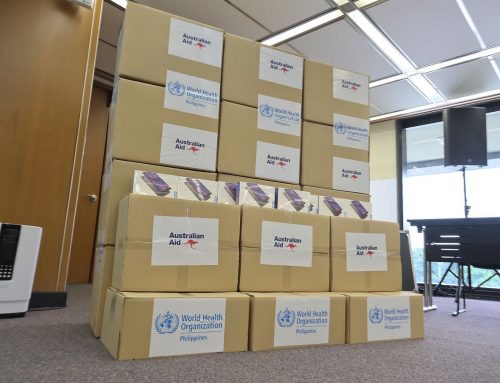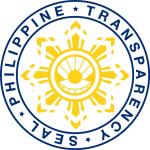PASIG CITY (1 September 2021) — The National Task Force (NTF) against COVID 19 has begun to implement a recalibrated deployment strategy that will provide a more equitable distribution of vaccines especially in the provinces.
“We have already started to employ a new strategy in supply allocation wherein the primary consideration is given to the number of unvaccinated individuals per region or local government unit,” said NTF Chief Implementer and vaccine czar Secretary Carlito G. Galvez, J.r in an online interview on Wednesday.
Galvez said that through this new approach, the NTF will be able to strike a balance between the number of unvaccinated individuals per region, their respective target population, and the number of doses in the country’s supply inventory.
“Sa ngayon, ang prayoridad na ay sa ating mga rehiyon so they can start expanding their vaccine rollout to priority groups A1 until A5,” he added.
Bigger share for LGUs
According to Galvez, this move is also in response to the request of some local chief executives that their localities be given a bigger allocation as their vaccination program has been limited to the A1 (healthcare workers), A2 (senior citizens), and A3 (persons with comorbidities) priority groups, while other cities in the country have already started inoculating their A4 (essential workers) and A5 (indigenous people) sectors.
He said that the bulk of the 25 million vaccine doses that the country expects to receive in September will be deployed to Regions III and IVA which will receive at least three million doses each.
Meanwhile, Regions I, V, VI, VII, VIII, X, XI, XII, and BARMM will receive at least 1.2 million each this month.
The National Capital Region, which has fully vaccinated 45.51% of its target population, will receive a smaller allocation this September.
The vaccine czar said that the vaccine supply to be deployed in high-risk cities and municipalities will be directly shipped to them and will not be included in the batches sent to the provinces.
“This mechanism will be more efficient because those areas with high economic and social risks will be able to receive their allocation immediately and inoculate their constituents at a faster rate,” Galvez said.
He also advised LGUs that intend to procure additional vaccine supplies to wait for the application of Pfizer for a Certificate of Product Registration with the Philippines’ Food and Drug Administration.
“Malaki ang chances that the Pfizer vaccines will be available commercially. Some manufacturers are also preparing for their full approval in the US and soon we will no longer be needing Multi Party Agreements (MPAs) because vaccines can be directly purchased,” Galvez said.
He also explained that requests for MPAs for the procurement of Novavax/Covovax from the Serum Institute of India (SII) will be entertained by the NTF once the vaccine receives its Emergency Use Authorization from the United States and India.
“India has a bigger domestic demand for vaccines and we empathize with their current situation as well as their decision to ensure the supply for their country. But once SII will open their vaccines for exports, we will pursue our deal with them together with the requests for MPAs,” Galvez said.
“But for now, we shift our supply sources to Western and Chinese manufacturers,” he added.
The Philippines has so far received 51,900,590 doses of COVID-19 vaccines from different manufacturers.
As of August 31, over 44.8 million doses have been deployed nationwide, while 33,706,295 doses have been administered.
More than 19.7 million doses have been administered as the first dose, while 13,958,418 or 18.10% of the country’s target population is now fully vaccinated.
Prep works for second wave of vaccine procurement
In the meantime, Galvez bared that preparations are now underway for the second wave of procurement of COVID-19 vaccines.
“Patapos na ‘yung first wave ng procurement natin, which is our supply for this year. We have already an assured supply of 187.6 million doses from various sources kaya maliban sa pagsiguro sa maagang deliveries ng mga bakunang ito, pinaghahandaan na rin natin ang pagbili ng mga bakuna na kabilang sa mga second generation of vaccines,” he said.
Galvez said that unlike the “first wave” of procurement wherein the Vaccine Expert Panel (VEP) recommended seven vaccines to be included in the portfolio, the second wave will likely focus on three to four vaccines that have shown promising results against the new variants of COVID-19.
“Kaya nagpapasalamat tayo sa ating mga experts sa VEP because their evaluation helped us to gain access to more vaccines and ensured our continuous supply. For the next procurement, they are still studying the recent clinical trial results,” he said.
Galvez said that while awaiting the VEP’s recommendation, the fund allocation for the vaccine procurement is being discussed.
He said that an initial budget of USD 45 million has been earmarked for this second wave of vaccine purchases.
Galvez said that discussions with multilateral partners such as the World Bank, Asian Development Bank, and Asian Infrastructure Investment Bank are also ongoing relative to the upcoming procurement.
“Ang maganda kasi with multilateral partners funding our vaccine procurement ay nakasisiguro ang bayan na malinis and properly evaluated ang lahat ng transaksyon. Walang middleman at diretso ang bayad sa manufacturer kaya naiiwasan din natin ang mataas na presyo,” he said. END


